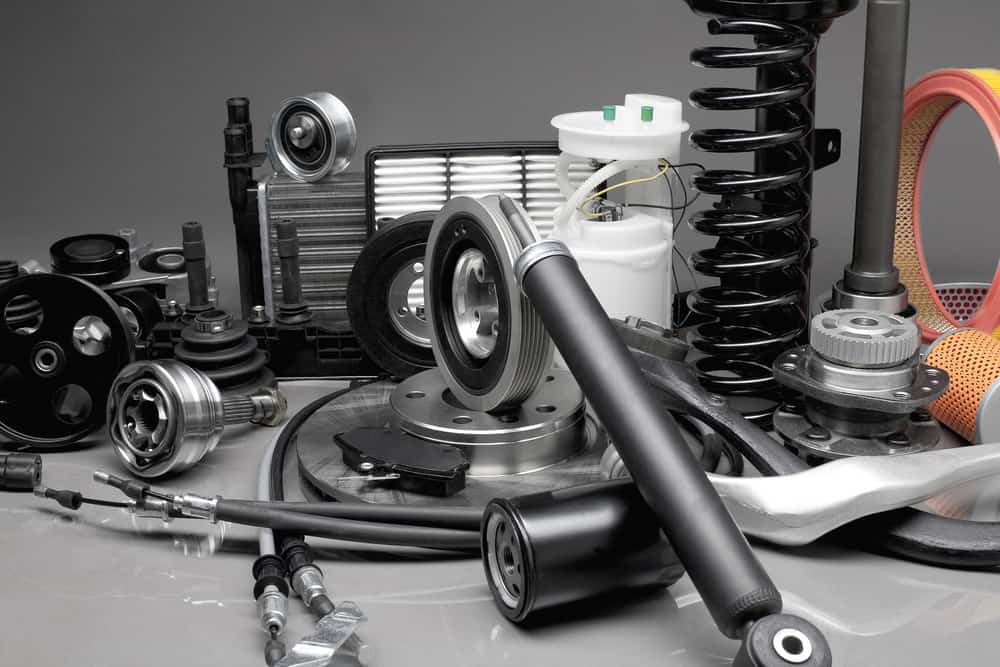
Naturally you understand the importance of regular oil changes. You probably even know about keeping the coolant and water topped up in your reservoirs. All of these simple tasks help keep your car working properly. And of course, if you look after your car then you’ll not only reduce service and maintenance costs, but you’ll also extend the lifespan of the vehicle.
But beyond these necessary tasks, what more could you be doing to maintain your car and help maximise the money spent on your motor? There’re plenty of small checks you can carry out that could potentially make a big difference in cost. We give you some of our best tips in this article:
Tyres
As your tyres tend to become worn faster on the outside edge, it’s possible to get a little more use out of them by simply rotating them around the car. This way you ensure that the wear is equal across all the tyres and that you maximise their lifespan without compromising their gripping abilities. Generally, it is a good idea to rotate the tyres once every 6 months or when you have completed 6,000 miles.
Brakes
Regularly change the brake pads on your vehicle to stop damage occurring to the expensive rotors. It’s very easy to change these parts yourself, but the trick is getting to them early enough before they cause damage. Good brake pads will mean that the rest of your braking system will operate at maximum efficiency too.
Gearbox
Your car’s gearbox can take a large degree of punishment, and transmission fluid helps remedy the knocks. Most manufacturers suggest changing the fluid every 30,000 to 60,000 miles but if you are a heavy urban user this might not be sufficient to protect the gears, and you may want to consider changing the fluid every 15,000 miles.
Engine
There are many regular checks and replacements you can perform in the engine to ensure the smooth running of the car. These are as follows:
- Cambelt – this part regulates the engine’s timing. If it is damaged or worn it will cause misfiring that can catastrophically destroy your engine. Cambelt failures have even been known to cause engines to catch fire.
- Engine filters – over time these pick up large quantities of dust and debris, which eventually lead to blockages in the part, preventing the proper air circulation necessary for good combustion. Equally it is recommended that you change the oil filter when you change the car’s oil, as this part will stop sludge and dirt getting into your car’s lubricant system, which could cause damage throughout the engine.
- Increase your oil changes – most manufacturers recommend an oil change every 6,000 miles but there is nothing stopping you from changing it sooner. Clean oil stops the circulation of dirt around your engine, which could cause friction damage.
- General cleaning – dirt in and around the engine’s parts could be affecting its performance. Remove any debris caught in the engine bay, which could cause fires in the engine and use degreaser and a wire brush to remove the oily sediment from the casing. Clean your engine around twice a year, or if you are constantly driving in harsh and dirty conditions then consider cleaning it once a quarter.
Head Gasket
Prevent damage to your head gasket by ensuring that your coolant system is operating properly and that you have topped it up with sufficient levels of fluid. One of the key indicators that this part might be in trouble is the temperature gauge. Don’t ignore it and find out what’s causing the problem as soon as it starts playing up if there is any change in heat. It also helps to completely change the coolant and to make sure that your radiator is clean and free of debris.
Air Conditioning
Like all parts on a car, your air conditioning needs to be run periodically to keep it in good working order. It can often be daunting, thinking about circulating the colder air in the winter, but you’ll be glad you did come the summer months. Simply turn on the system at least once every 2-3 weeks. Not such a problem in the summer – so make a point in the winter of simply running it on the milder mornings.
Bodywork
Protecting the car’s bodywork is not only about maintaining its good looks. Chips and cracks in the paintwork can reveal the steel underneath, exposing it to rust and environmental damage. Park in the shade to stop sun damage and treat any scratches as soon as possible to stop the problem from escalating. Keep your car properly clean in winter – read our article for more information as this is when the environmental conditions, particularly salt and grit on the road, can punish your vehicle’s chassis and bodywork.
General Car Usage
Hard driving can often land your vehicle in scrapes and difficult situations. You also want to prolong the life of your car through the following:
- Warm up the car in winter – to keep the stress on the engine as low as possible. Run the engine for a minute before you get out on the road. Drive slowly at first and give the engine a chance to warm up and get used to working in the cold weather.
- Drive your car regularly – keep the engine in good working order by using the car’s own internal systems that are designed to break down sediment that can rest in the pipes and systems.
- Drive sensibly – sudden acceleration and over-revving the car at lights – all these practices cause your engine to wear prematurely. Progress along the road at a steady speed and relax into your road use to keep your motoring going.
- Use your car at peak performance – most cars are designed to work at full performance. Many vehicles suffer from a build-up of sludge in the engine unless they are run at higher speeds, which can impact fuel efficiency and shorten the overall lifespan of your engine.
And finally…
Don’t stop doing all the regular and important checks either. It’s essential that you stay on top of your services and have the car reviewed by a mechanic and you follow all the maintenance points in your owner’s manual. By staying on top of minor problems and identifying them in their early stage, you can prevent additional knock-on damage within the engine where single failures put further pressure on other car parts and mechanisms.

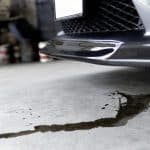
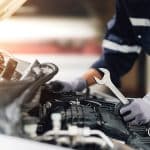
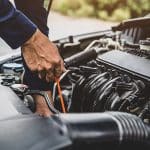

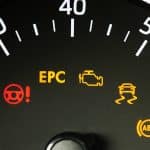
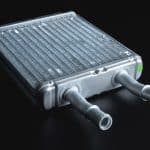
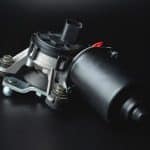
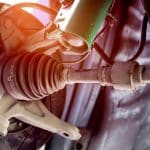
.png)